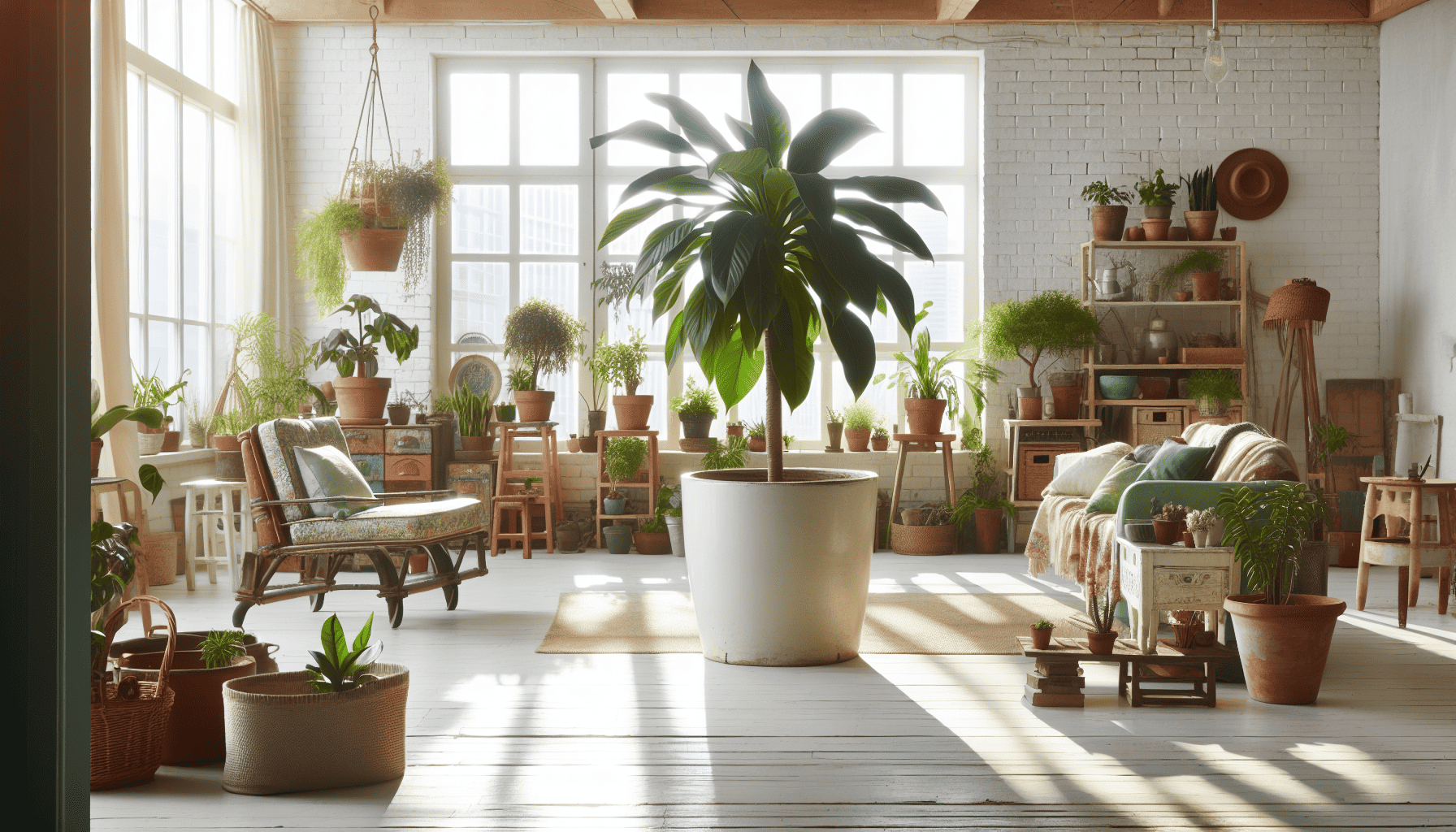In recent years, there has been a growing movement towards eco-friendly interiors as people become more conscious of the environment and seek to lead more sustainable lifestyles. This trend emphasizes sustainable designs that not only reduce environmental impact but also promote a healthier living space. Embracing eco-friendly interiors involves making intentional choices about materials, colors, and home design that reflect a commitment to sustainability.
One of the fundamental aspects of eco-friendly interiors is the use of sustainable materials. When choosing furniture and decor for your home, consider options made from reclaimed or recycled materials. For instance, reclaimed wood from old barns or factories can be transformed into beautiful tables or flooring, giving a second life to timber that might otherwise be wasted. Additionally, furniture made from recycled plastic or metal reveals how innovative designs can minimize landfill waste.
Another important aspect of sustainable design is selecting materials that are non-toxic and have low volatile organic compound (VOC) emissions. VOCs are harmful chemicals found in many traditional paints, finishes, and adhesives. Switching to low-VOC or VOC-free products not only reduces air pollution but also improves indoor air quality, creating a healthier environment for you and your family.
When it comes to flooring, natural materials such as bamboo, cork, or sustainably sourced hardwood are excellent choices. Bamboo, for example, is renowned for its rapid growth and renewability, while cork is harvested from the bark of trees without harming them, making both materials highly sustainable. These options provide durability and aesthetic appeal while maintaining a minimal environmental footprint.
Incorporating plants into your interior design is another effective way to embrace eco-conscious living. Not only do plants enhance the aesthetic beauty of a home, but they also purify the air by absorbing carbon dioxide and releasing oxygen. Consider introducing a variety of indoor plants, such as spider plants, peace lilies, or succulents, to create a vivid and health-promoting living space.
Lighting also plays a critical role in sustainable home design. Opting for LED lighting instead of traditional incandescent bulbs reduces energy consumption significantly. LED lights are not only more energy-efficient but also have a longer lifespan, which means they need replacing less frequently, thereby reducing waste.
For those looking to make sustainability a core part of their lifestyle, solar panels offer a practical long-term solution to harness renewable energy. Installing solar panels on your roof can lower your home's carbon footprint by utilizing the sun’s energy to generate electricity, significantly reducing reliance on fossil fuels. The initial investment can often be recouped through savings on energy bills over time.
In addition to these strategies, the concept of upcycling has gained popularity in sustainable home design. Upcycling involves taking old or discarded items and transforming them into something new and useful. This process not only reduces waste but also encourages creativity and individuality in design. Old wine bottles can become elegant vases, while vintage fabrics can be reimagined as cushion covers or artwork, giving your home unique character.
Creating an eco-friendly interior also extends to choosing energy-efficient appliances and fixtures. Look for products with an Energy Star rating, which signifies that they meet strict efficiency guidelines. Efficient appliances consume less water and electricity, translating to long-term savings on utility bills while minimizing your home's environmental impact.
Finally, embracing minimalism is a valuable consideration for sustainable interior design. By curating spaces with fewer, more meaningful items, you can reduce clutter and focus on quality over quantity. This approach encourages buying less and valuing what you have, further supporting sustainability.
By focusing on sustainable designs, materials, and practices, you can transform your home into a haven of eco-friendliness. Taking these steps not only benefits the planet but also enriches your personal living experience, creating a harmonious balance between style, comfort, and environmental responsibility.
